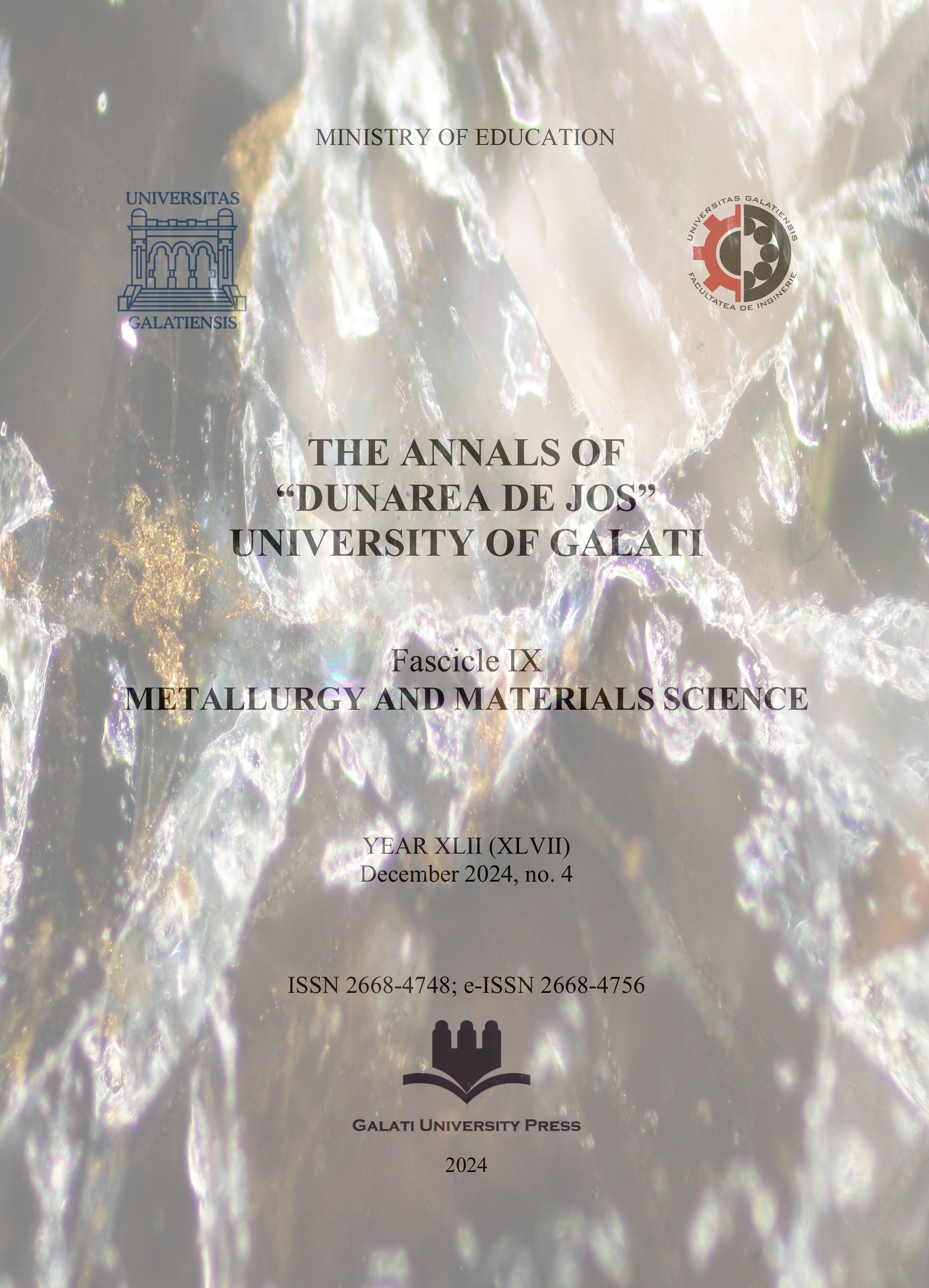Developing a Non-Invasive Intelligent System for Blood Glucose Level Estimation Using Reflective Optical Sensors
Abstract
This paper introduces a non-invasive system for blood glucose monitoring using a reflective optical sensor (TCRT5000) integrated with an Arduino platform. The system integrates a detection unit equipped with an infrared LED, phototransistor, microcontroller, OLED display, and Bluetooth module-with realtime data visualization and wireless transmission to mobile devices. The TCRT5000 sensor detects light reflectivity changes caused by blood flow, indirectly estimating glucose levels without the discomfort of invasive techniques. Validation was conducted by comparing system readings with a standard glucometer under varied conditions. The system achieved high performance metrics, including 97.14% accuracy, 97.9% precision, 98.59% sensitivity, and 90.91% specificity. Minor variations were observed, attributable to environmental and individual differences. Despite this, the results confirm the device’s reliability and usability, making it a promising alternative for frequent and accessible glucose monitoring. Advantages include affordability, ease of use, and adaptability, which are integral to encouraging patient compliance and improving health outcomes. Future developments may incorporate advanced optical sensors such as NIR spectroscopy or Raman technologies, alongside machine learning algorithms, to improve accuracy and extend functionality. The proposed system highlights the potential for non-invasive methods to revolutionize diabetes care in both personal and clinical settings.
Downloads
Literaturhinweise
[2]. Miller E. M., Using Continuous Glucose Monitoring in Clinical Practice, Clin Diabetes, 38 (5), p. 429-438, 2020.
[3]. Schubert-Olesen O., Kröger J., Siegmund T., Thurm U., Halle M., Continuous Glucose Monitoring and Physical Activity, Int. J. Environ. Res. Public Health, 19, 12296, 2022.
[4]. Kulkarni A., Thool A. R., Daigavane S., Understanding the Clinical Relationship Between Diabetic Retinopathy, Nephropathy, and Neuropathy: A Comprehensive Review, Cureus, 21, 16 (3), 2024.
[5]. Lee R., Wong T. Y., Sabanayagam C., Epidemiology of diabetic retinopathy, diabetic macular edema and related vision loss, Eye and vision, 2, p. 1-25, 2015.
[6]. Zang B., et al., The impact of diabetic retinopathy on visionrelated quality of life, [Zhonghua yan ke za Zhi] Chinese Journal of Ophthalmology, 58 (10), p. 760-768, 2022.
[7]. Zhang J., et al., Diabetic macular edema: current understanding, molecular mechanisms and therapeutic implications, Cells, 11 (21), 3362, 2022.
[8]. Cade W. T., Diabetes-related microvascular and macrovascular diseases in the physical therapy setting, Phys Ther., 88 (11), 1322-1335, 2008.
[9]. Zakir M., et al., Cardiovascular Complications of Diabetes: From Microvascular to Macrovascular Pathways, Cureus, 24, 15 (9), 2023.
[10]. Li Y., et al., Diabetic vascular diseases: molecular mechanisms and therapeutic strategies, Sig Transduct Target Ther 8, 152, 2023.
[11]. Lee E. Y., et al., Efficacy of Personalized Diabetes Self-care Using an Electronic Medical Record-Integrated Mobile App in Patients with Type 2 Diabetes: 6-Month Randomized Controlled Trial, J Med Internet Res., 28, 24 (7), 2022.
[12]. Ahmad F., Joshi S. H., Self-Care Practices and Their Role in the Control of Diabetes: A Narrative Review, Cureus, 5, 15 (7), 2023.
[13]. Nuha A. ElSayed, et al., Diabetes Technology: Standards of Care in Diabetes-2023, Diabetes Care, 46, S111-S127, 2023.
[14]. Mohammad Mansour, et al., Wearable devices for glucose monitoring: A review of state-of-the-art technologies and emerging trends, Alexandria Engineering Journal, vol. 89, p. 224-243, 2024.
[15]. Rosilla Edward, Ronny Priefer, A comparison of continuous glucose monitors (CGMs) in diabetes management: A systematic literature review, Primary Care Diabetes, vol. 17, issue 6, p. 529-534, 2023.
[16]. Taleb Nadine, et al., Dexcom G4 Platinum and Medtronic Enlite Glucose Sensors Perform Equally Well during Exercise in Patients with Type 1 Diabetes, A46-A46, 2015.
[17]. Al Hayek A. A., Robert A. A., Al Dawish M. A., Effectiveness of the Freestyle Libre Flash Glucose Monitoring System on Diabetes Distress Among Individuals with Type 1 Diabetes: A Prospective Study, Diabetes Ther., 11 (4), p. 927-937, 2020.
[18]. ***, https://ardutooth.en.aptoide.com/app.
[19]. Jendrike N., et al., ISO 15197: 2013 Evaluation of a Blood Glucose Monitoring System's Measurement Accuracy, J Diabetes Sci Technol., 11 (6), p. 1275-1276, 2017.



